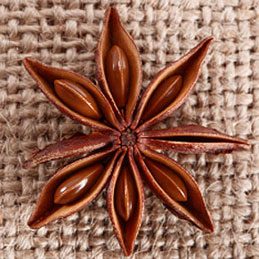
Anise
Long before Viagra, the Greeks latched on to anise as a cure for a lethargic libido. Extract from this liquorice-flavoured seed has an estrogenic effect that not only adds zip to your love life but increases lactation among new mothers, facilitates birth and even promotes menstruation. Perhaps part of its allure in the bedroom is the fact that anise is also a proven relaxant. And when anise oil is combined with ylang-ylang and coconut oils, the mixture, applied topically three times over 15 days, can eradicate head lice.
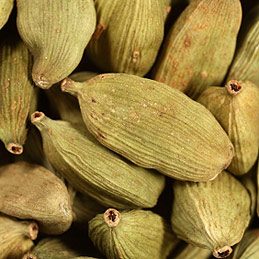
Cardamom
Used for centuries to quell digestive troubles from constipation to diarrhea, a 2008 study found that cardamom also lowers blood pressure. Further enhancing its anti-hypertensive effect, says the study reported in February’s Journal of Ethnopharmacology, cardamom is both a diuretic and a mild sedative. A 2006 study in India shows promise for ulcer sufferers: It reported that essential oil of cardamom ingested by rats greatly reduced gastric ulcers induced by aspirin and alcohol. In fact, the extract protected against nearly 100 percent of aspirin ulcers.
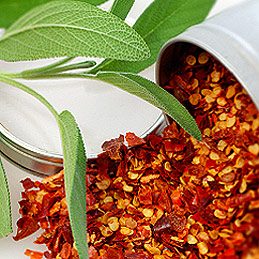
Chili
While chili (capsaicin) can irritate the skin, and therefore is not recommended for fever blisters or cold sores, the Osteoarthritis Research Society International recommends a capsaicin cream to deaden pain from osteoarthritis of the hip and knee. Patients are told to rub the cream on the affected area three or four times daily for two weeks to see results. Chili has also been proven effective in helping to control a nerve disorder common to HIV patients called distal symmetrical polyneuropathy.
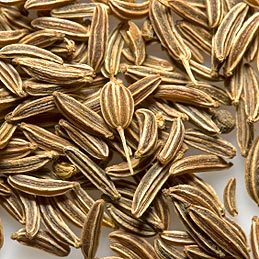
Cumin
Not only does cumin improve the body’s absorption of iron, at 1.3 milligrams per teaspoon it is also a good dietary source of the mineral. Cumin, which also improves digestion, can be used to prevent iron deficiency anemia-the most common form-in both children and women by adding a few drops of extract to a glass of water. Or simply cook up some of the many Middle Eastern or Indian dishes that use liberal amounts of cumin seeds or ground cumin.
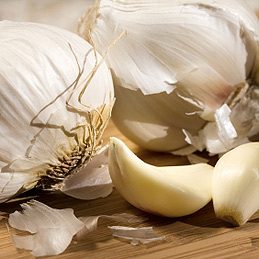
Garlic
Contradictory evidence about garlic was published in medical journals in 2007. One study concluded that one clove eaten six days a week for six months had no significant effect. Nine months later, the entire November issue of Molecular Nutrition & Food Research was devoted to garlic. It reported that garlic is used to treat fatigue and prostrate cancer, prevents the progression of diabetes, and may help prevent cardiovascular disease. The journal states that “many published reports show that garlic possesses plasma lipid-lowering, plasma anticoagulant and antioxidant properties.”
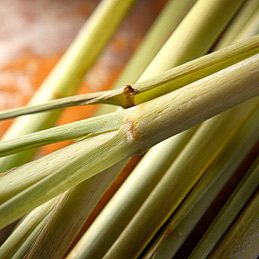
Lemongrass
Planning a jaunt to the tropics? An application of lemongrass oil to the skin repelled malaria-bearing insects in Peru for six hours. The plant, also adept at repelling several types of bacteria and fungi, is best known for being a mild sedative and analgesic. Lemongrass has been used for generations in South America and the Far East to ease headaches as well as calm nerves and nervous stomachs. Simply steep a few inches of the plant’s leaves-dried or fresh-in boiling water for a short while, then drink the “tea.” Lemongrass is also a common component of Thai cooking and citronella, used to deter mosquitoes.
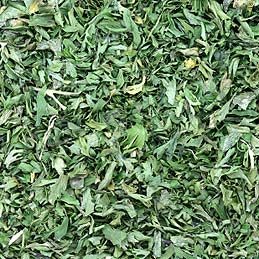
Parsley
Parsley is a strong antioxidant made even more powerful when simmered in soups and stews. Freezing preserves its antioxidant properties, but stir frying and grilling reduces it. Antioxidants, a group of vitamins linked to a reduced risk of cancer, is suspected of protecting the body against the damage caused by aging cells. Along with celery, cumin and turmeric, parsley has been identified as a particularly valuable soldier in the battle against the proliferation of cancer cells. It contains an enzyme that removes cancer-causing molecules, and scientists theorize that one day they may be able to prod the enzyme to action in cancer-prone parts of the body.
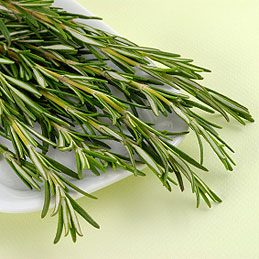
Rosemary
Rosemary’s reputation as a skin toner has made it an important cosmetic additive. Scientific studies confirm that it protects skin cells as well as proteins in skin used to reduce damage from stress and toxins. Rosemary is also a natural painkiller. Furthermore, its extract has been successfully used to flush toxins from the liver. Also working through the liver, a 2% solution of rosemary extract ingested by mice over three weeks slashed their levels of excess estrogen. An overabundance of estrogen has been linked to breast cancer.